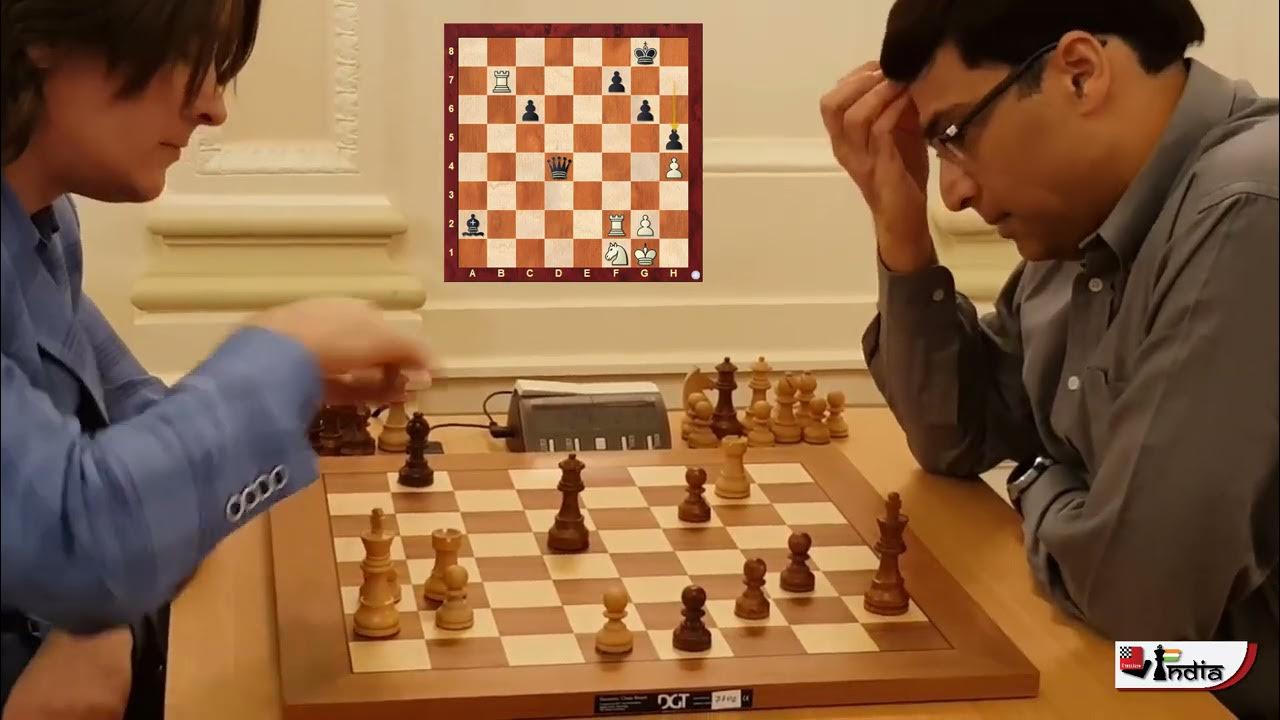For decades, the name Viswanathan Anand resonated as a solitary beacon of Indian chess brilliance on the global stage. A World Champion, a true pioneer, Anand captivated audiences with his lightning-fast calculations and strategic depth. Yet, few could have predicted that his singular ascent would eventually morph into a sweeping tide, carrying a legion of young, fearless prodigies to the very pinnacle of the sport. As Garry Kasparov, himself a legendary figure, aptly declared, “The era of `Vishy`s children` is truly upon us!” This isn`t merely a fleeting moment of success; it`s a fundamental shift in the global chess landscape, with India now dictating the tempo.
The Architect`s Quiet Influence
Anand’s role in this revolution transcends his personal achievements. He didn`t just win; he inspired. He didn`t just play; he mentored. His presence, whether in coaching camps or simply as an accessible figure for aspiring players, cultivated a generation imbued with confidence and a hunger for victory. This quiet, persistent influence has now manifested in a conveyor belt of talent, each player carrying a piece of Anand’s competitive spirit, albeit with their own unique style. The former World Champion acts as a sort of benevolent godfather, observing with what must be immense pride as his “children” dismantle established hierarchies with surprising regularity.
A New Guard Seizes the Throne
The evidence of this seismic shift is both recent and undeniable. Consider Gukesh Dommaraju, who, as the youngest competitor in the 2024 Candidates tournament, defied expectations and higher-rated opponents to earn his shot at the World Championship. Not content with that remarkable feat, Gukesh then faced the reigning World Champion, Ding Liren, pushing relentlessly in positions that lesser players might have settled for a draw. His tenacity wasn`t just admirable; it was decisive, culminating in a historic World Championship title.
The momentum isn`t confined to the open category. In the FIDE Women`s World Cup in Batumi, Georgia, Divya Deshmukh showcased similar resolve. In an all-Indian final against the seasoned Koneru Humpy, Divya emerged victorious, not only securing the biggest prize of her career but also achieving the coveted Grandmaster title. This victory is particularly significant, challenging the long-standing Chinese dominance in women`s chess – a stronghold that has endured for decades. Divya`s path was fraught with close calls and challenging endgames, yet she, much like Gukesh, pushed where others might have hesitated, demonstrating a rare psychological strength.
The Bench Runs Deep: India`s Unstoppable Talent Pool
The strength of Indian chess is not just in its champions, but in its depth. The open FIDE standard ratings now feature three Indians in the top six, with Gukesh, R Praggnanandhaa, and Arjun Erigaisi spearheading this charge. Close behind, players like Vidit Gujrathi and Aravindh Chithambaram are knocking on the doors of the top 20, signaling an unparalleled density of elite talent. In women`s chess, four Indians are currently ranked within the top 20, with Divya, Humpy, R Vaishali, and Harika Dronavalli poised to make significant impacts, including securing spots in the Women`s Candidates tournament.
This formidable talent pool extends across various formats. While Gukesh and Praggnanandhaa have showcased their brilliance in classical chess, players like Erigaisi and Nihal Sarin are making waves in faster time controls. Erigaisi`s strong performance at the eSports World Cup in Riyadh, despite not winning, underscored his adaptability. Sarin, known for his speed and online prowess, is diligently translating those skills to over-the-board play. This diversity of strengths indicates a robust and versatile national team capable of competing at the highest levels across all facets of the game.
A Future Cast in Indian Hues
The prospect of an “India vs. India World Championship” match, once a fantastical notion, now seems less a pipe dream and more a plausible reality for 2026 or beyond. To have imagined such a scenario during Anand`s peak, when he often carried the hopes of a nation single-handedly, would have required an immense leap of faith. Yet, today, dismissing this possibility would be foolish. The fearless, tenacious, and strategically astute generation of Indian chess players is not merely participating; they are actively reshaping the competitive landscape.
As the global chess community watches, often in stunned admiration, the legacy of Viswanathan Anand has truly come alive in the hands of his successors. These young masters are not just playing chess; they are performing a roaring gambit on the world stage, declaring unequivocally that for the beautiful game, “chess is coming home.” And it’s bringing a whole new generation with it.

